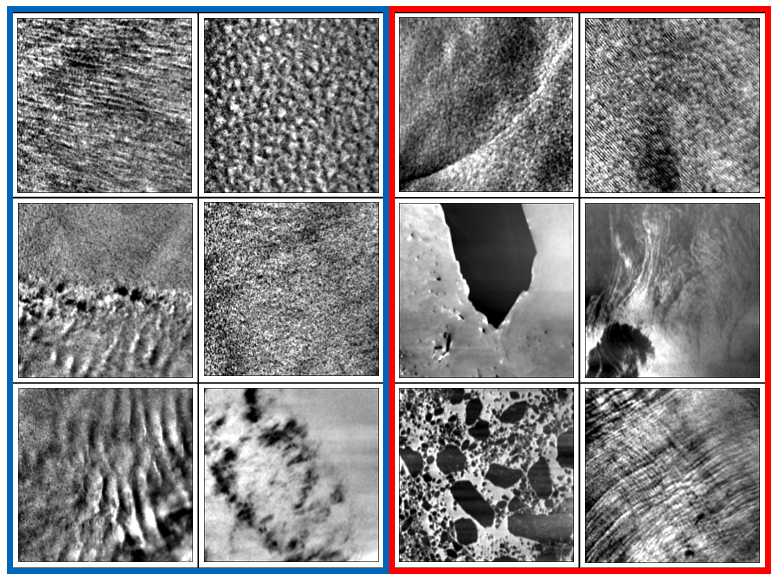Projects
New windows into air-sea interaction at atmospheric and oceanic meso and submesoscales using SWOT
Principle Investigator: Justin Stopa (The University of Hawaii at Manoa)
Co-Investigator(s): Doug Vandemark, Ralph Foster
Collaborator(s): Bertrand Chapron
A recent flurry of research and active NASA field programs (e.g. S-MODE) suggests that quantifying the role that air-sea interaction plays in forcing the submesoscale ocean (5-50 km scales) and the characterization of atmospheric variability surrounding submesoscale ocean fronts are knowledge gaps. Global oceanic air-sea flux products require satellite measurement of air-sea temperature and humidity imbalances, which face daunting engineering challenges, particularly in near-neutral stratification. In the atmosphere, non-orographically generated waves with scales less than 10 km spawned by convective clouds or shed by mesoscale atmospheric frontal zones need to be better observed and understood. These organized large eddies must be properly simulated in weather and climate models and they likely affect air-sea fluxes because the atmospheric boundary layer coherent structures have comparable scales of gravity waves.
Air-sea stratification combines thermal air-sea differences, atmospheric shear, and surface currents; thus, understanding how the stratification changes across oceanic and atmospheric fronts would reveal controls of how heat and momentum fluxes vary giving new windows into air-sea interactions and help to constrain satellite-based flux measurement errors in near-neutral stratification. The SWOT KaRIn ocean backscatter measurements with 250-500 m resolution along 2 continuous ~50 km wide swaths, and with its non-sun-synchronous orbit, will provide numerous new perspectives of air-sea interaction at the mesoscale and submesoscale. Similar to previous studies using synthetic aperture radar, SWOT’s radar-derived textures are dominated by organized turbulent structures of rolls and cells that sort into specific stratification regimes. The guiding research questions are:
- Can SWOT provide the first quasi-weekly mapping of maritime boundary layer stratification and boundary layer states over the ocean?
- At what scales, in what manner, and under what conditions does the atmospheric boundary layer change in the presence of ocean fronts?
- How frequently and under what conditions are atmospheric internal waves spontaneously emitted in the boundary layer ahead of mid-latitude warm frontal zones?
This project will develop and apply machine-learning image detection methods to SWOT’s unsmoothed imagery to extract information of oceanic and atmospheric processes that imprint their signature on the ocean surface (see Figure). Efficient data processing methods are needed to extract information from the torrent of data collected by SWOT. The goal is to develop a new product that indicates the presence of a wide variety of phenomena at kilometer scales such as rolls, cells, lack of rolls or cells, rain, cold pools, atmospheric internal waves, ocean internal waves, sea ice, icebergs, and slicks. This along-track contextual SWOT atmosphere and ocean information can be applied to multiple new research endeavors and engineering goals (e.g. quality flagging other SWOT products). The project team includes radar remote sensing, ocean wind, boundary layer dynamics, and numerical weather prediction expertise. The project's relevance centers around the joint need for improved observations of air-sea boundary processes and to understand the links between mesoscale variability and subsequent air-sea interactions.

